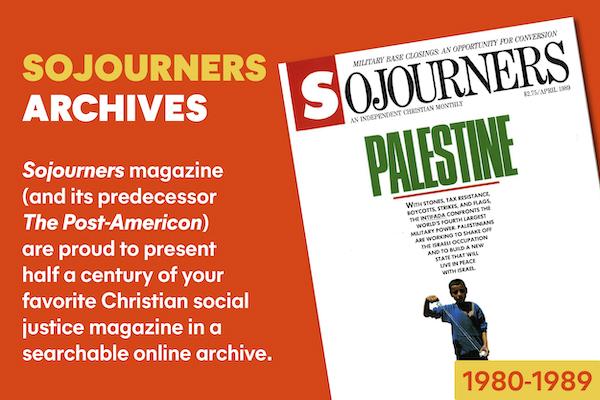We have passed out of death and into life, and of this we can be sure because we love our brothers....My children, our love is not to be just words or mere talk, but something real and active.
These words from the first letter of St. John were part of the scriptural reading assigned for June 16,1920, the day John Howard Griffin was born. A couple of years ago, having come across an old missal, he looked up that reading and thought, "Dear Lord, isn't it extraordinary!"--so much did the words seem to stand as prophecy on the course of his life.
John Howard Griffin died on September 8,1980, in Fort Worth, Texas, at the age of 60. The work he left behind is a prodigious output: novels, articles, interviews, and at least one classic, the book Black Like Me. Certainly, however, much of what he contributed to this country is not contained in any published work.
"The world," Griffin once said, "has always been saved by an Abrahamic minority....There have always been a few who, in times of great trouble, became keenly aware of the underlying tragedy: the needless destruction of humanity." Griffin has been part of the Abrahamic minority of our time--those who.have managed to hold on fast to their humanity while at the same time extending a hand in encouragement to the rest of us in our tentative struggles to be all that we are called to be.
Griffin was born and raised in Texas. At the age of 15, with some ingenuity he managed to carry out a somewhat fantastic plan to study in France, and attended the Lycee Descartes in Tours. He remained in Tours, attended medical school, and worked in an asylum for the mentally ill. An accomplished musicologist, he experimented with the use of Gregorian chant in the treatment of patients.
Read the Full Article

